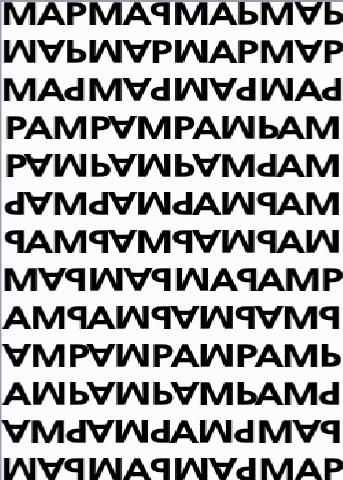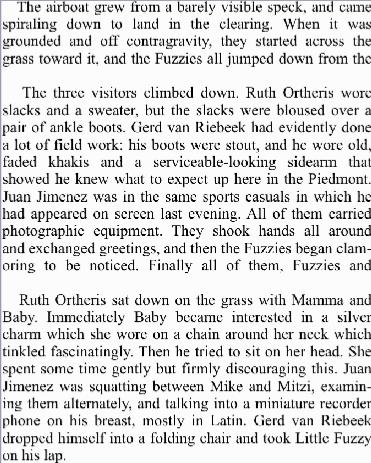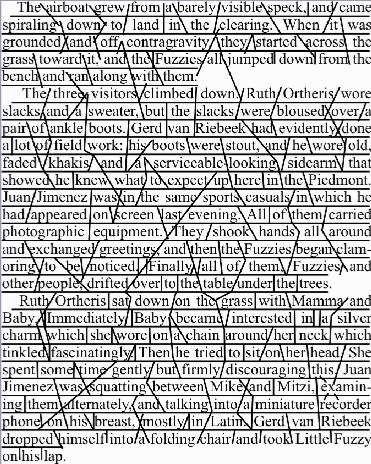"You've taught me
all I know about
guitar, music,
theory, the business,
and songwriting...
You've always
believed in me,
in every endeavor.
Thank you,
for everything.
And I really mean
everything.
You're awesome."
-Rayanna Delisle
(Music business
major in
college.)











